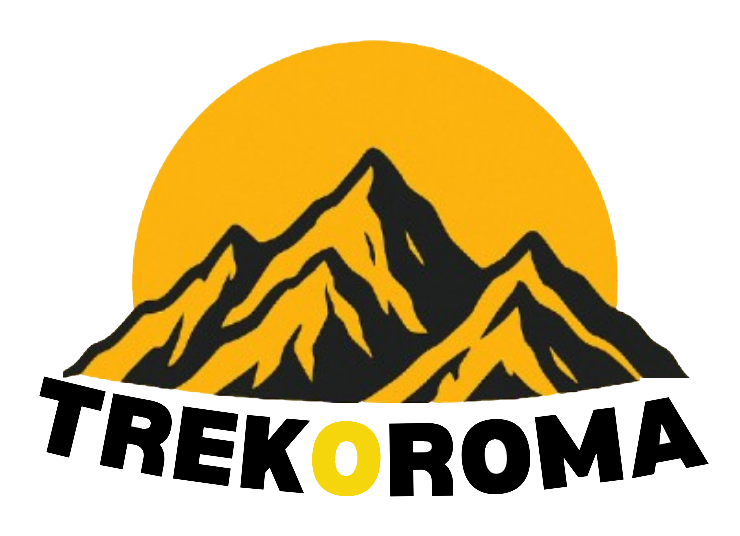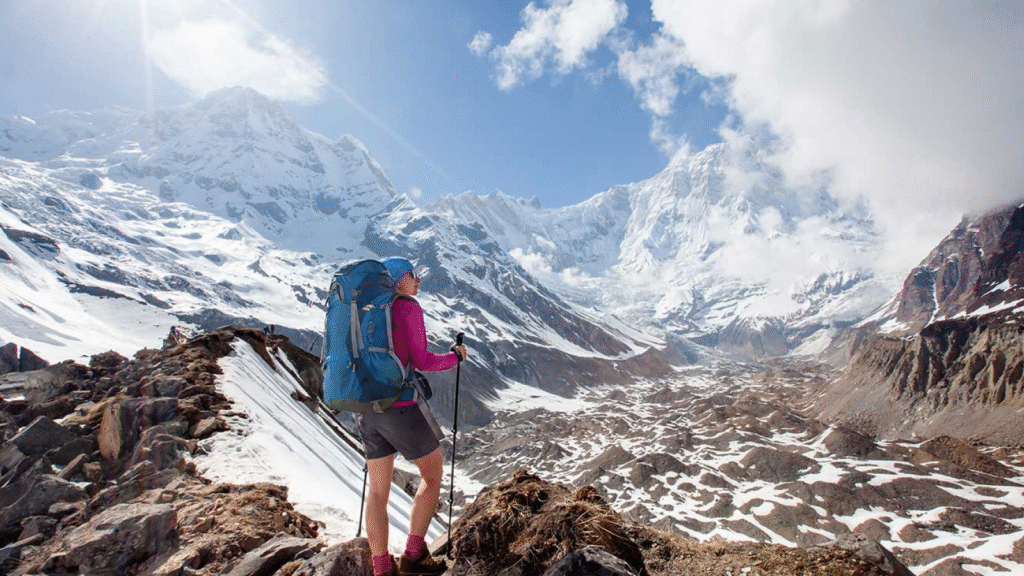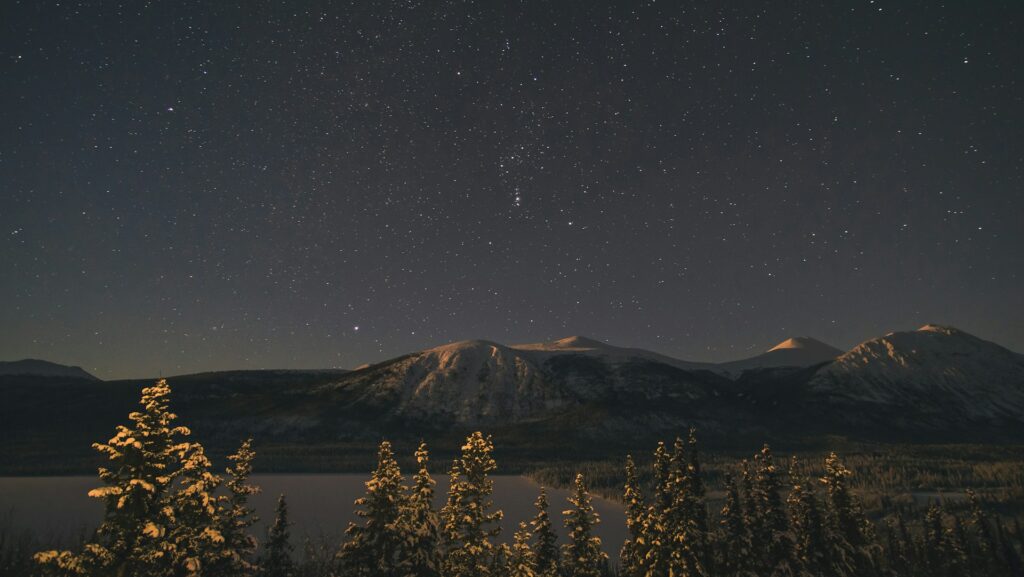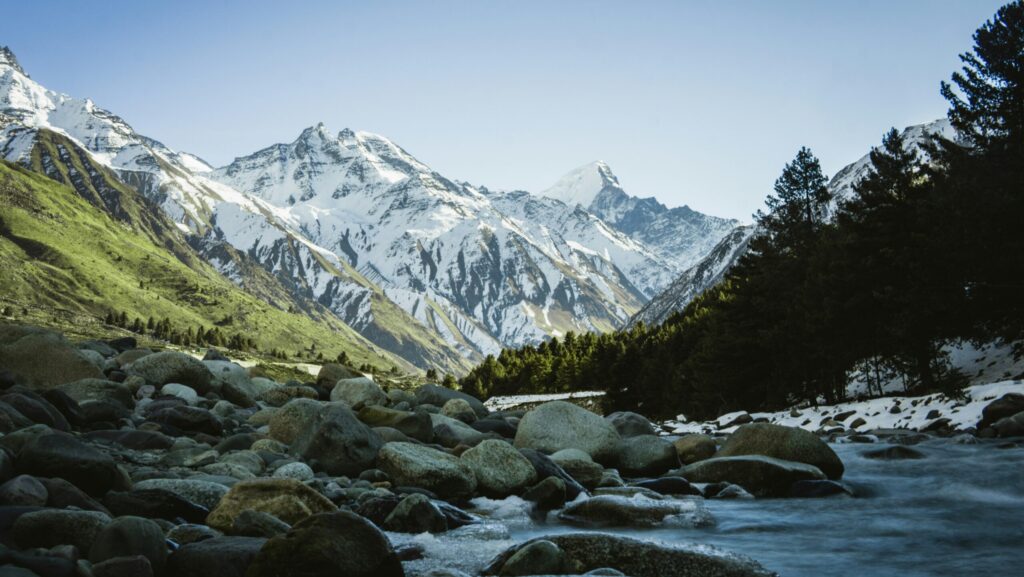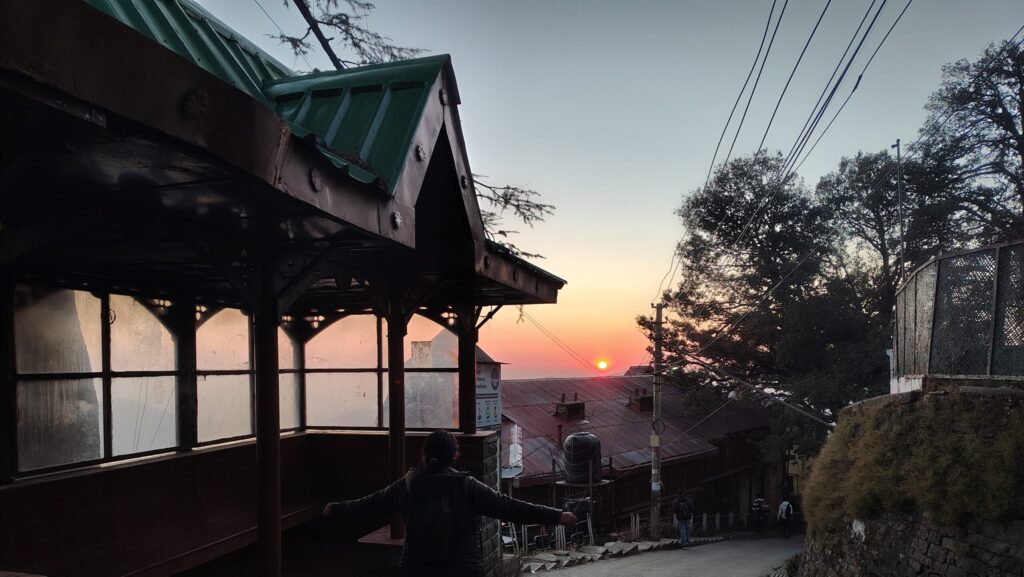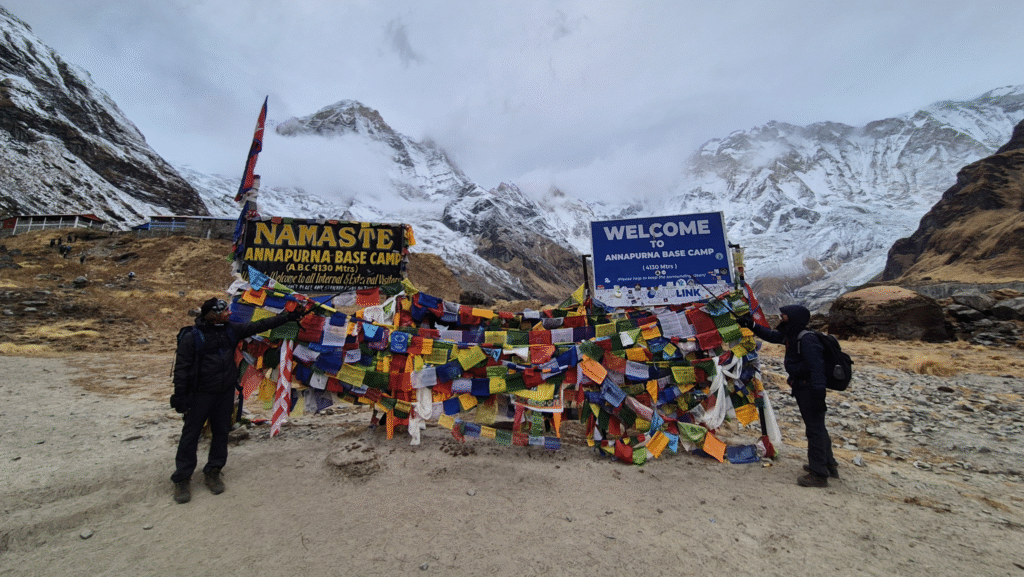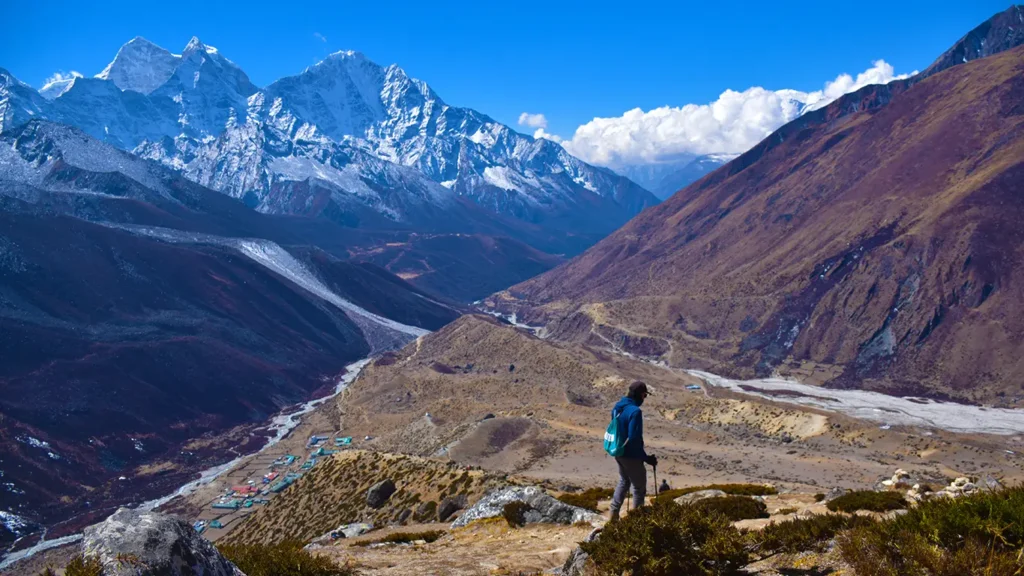
Trek Updates and News
1) Nepal — policy & access updates
A) 97 peaks now fee-free (Karnali & Sudurpashchim) — 2-year window Nepal has waived government climbing royalties on 97 peaks (5,870–7,132 m) in its far-west to spread tourism beyond the Everest/Annapurna corridors. (Reuters, www.ndtv.com)
B) EBC permits(2025) — what trekkers actually need
For the classic Lukla–EBC trail you need:
- Sagarmatha National Park Entry
- Khumbu Pasang Lhamu Rural Municipality (local) permit
Most operators note no TIMS is required in the Everest region (Khumbu runsits own system).
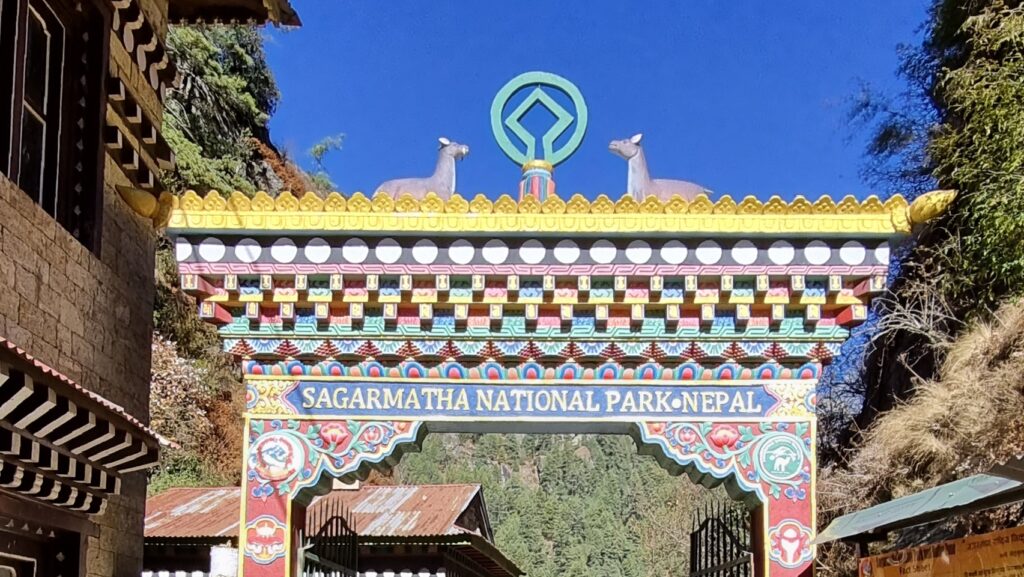
C) Lukla flights: Ramechhap diversions in peak months
As in recent seasons, Kathmandu–Lukla flights are diverted to Manthali (Ramechhap) around spring/autumn peaks, adding an early-morning 4–5 hr road transfer from KTM. Plan buffers and avoid same-day international connections.
D) Annapurna (ABC) permits quick take
Trekkers still need ACAP + TIMS for Annapurna region treks (ABC, Mardi, Circuit).
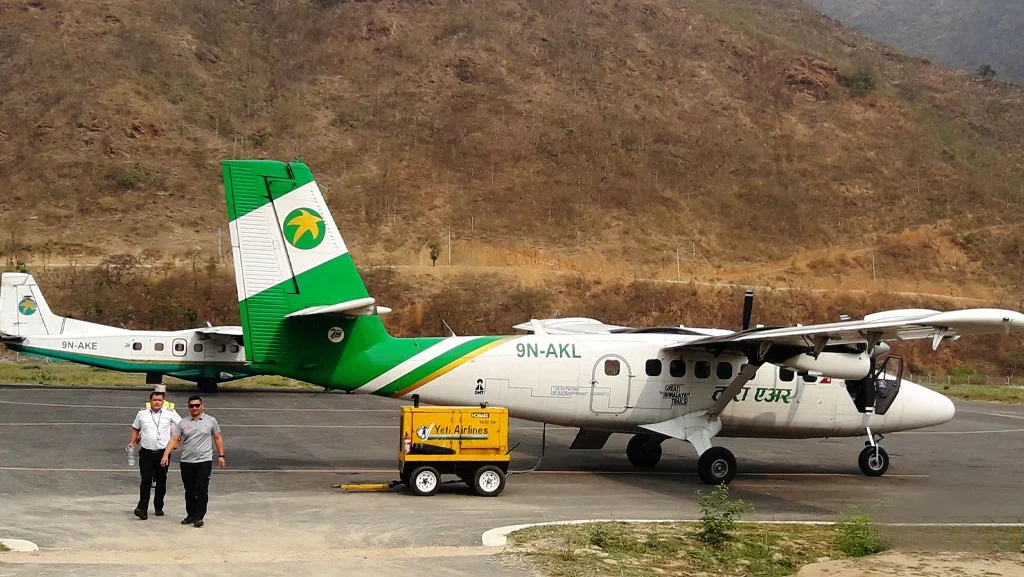
2) India — season status & monsoon risk
A) Valley of Flowers(Uttarakhand) — 2025 window is OPEN
The UNESCO-listed Valley of Flowers opened on June 1, 2025; typical window runs until early Oct (weather-dependent). Best bloom July–Aug; clearer skies in Sept. Check district advisories before travel during active monsoon. (The Times of India, The Indian Express, Paytm Travel)
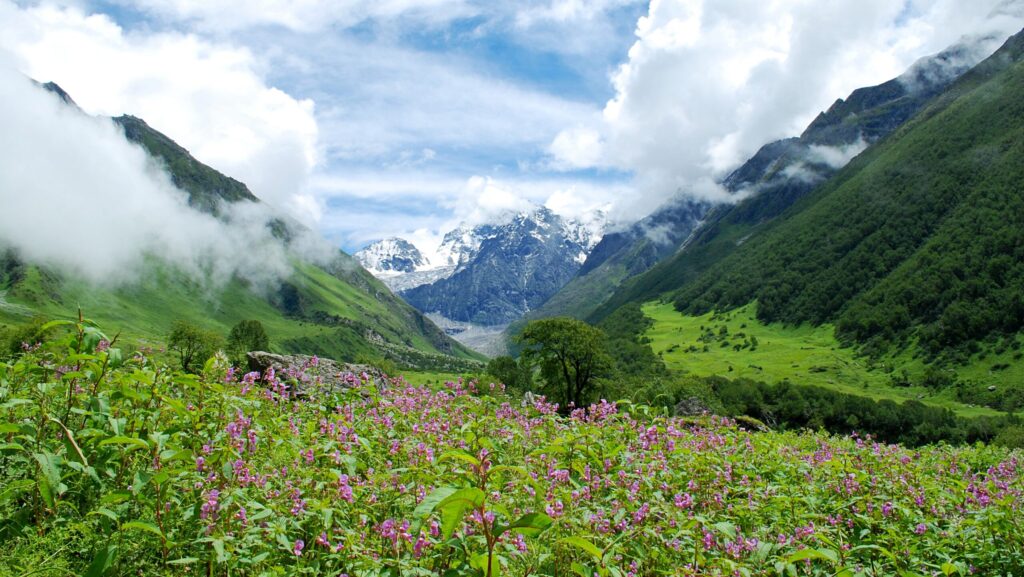
B) Monsoon impacts(Himachal & Uttarakhand)
Heavy rain this season has triggered landslides/road blocks; authorities have temporarily halted yatra/trek segments and issued district alerts at times. Build buffers, carry cash (ATMs/power fail), and avoid late-day road travel in slide zones. (The Times of India, www.ndtv.com).
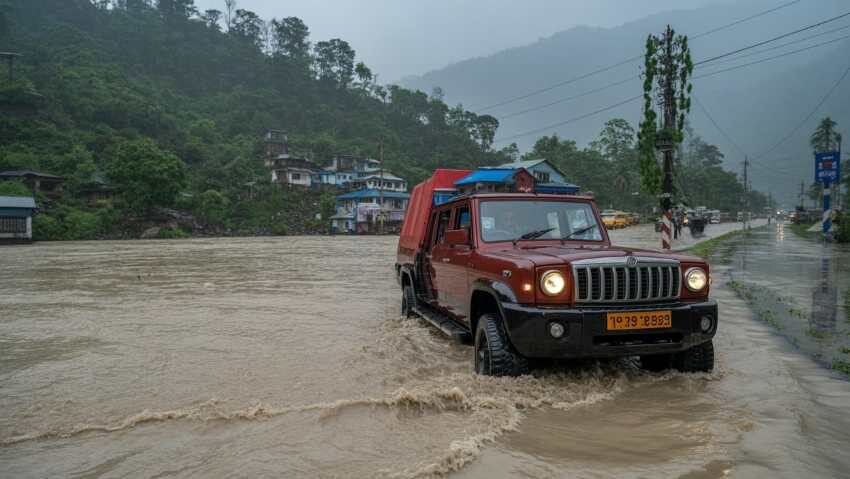
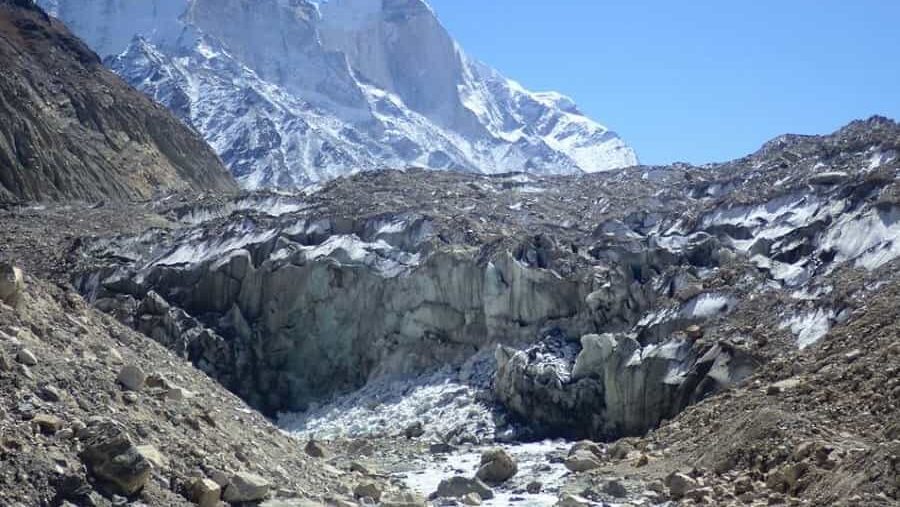
C) Gaumukh (Gangotri NP) permit process refreshed guide
Gaumukh permits can be obtained online via Single Window or offline; updated instructions were published in April 2025. Quotas and ID checks apply; start early in peak weeks
3) Trail & logistics Intelligence — EBC/ABC focus
- When to fly Lukla (EBC): If your itinerary falls in late Sep–Nov or Mar–May, assume a Ramechhap transfer and 1 buffer day in KTM on either end. Morning slots see fewerweather holds.
- Solo rules nuance (Nepal): NTB’s guide-mandatory policy from 2023 remains widely referenced, yet Khumbu administersits own system, and many sources note EBC can be walked without TIMS (local permit + SNP). Forsafety and smoother checkpoints, Trekoroma still recommends a licensed guide across regions.
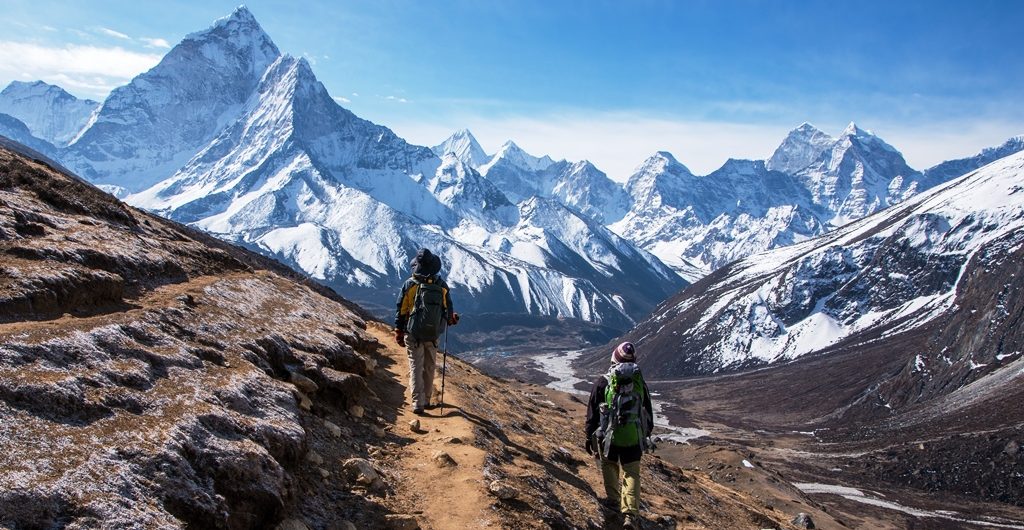
4) Pricing & permits —quick reference (2025 snapshot)
Nepal (Treks):
EBC (Khumbu): Sagarmatha NP + Khumbu PLRM permit; TIMS not required in Khumbu.
Nepal (Climbs):
97 far-west peaks: royalty waived for two years (policy announced Aug 2025). (Reuters)
India (Treks):
Valley of Flowers: open June 1 – ~Oct (annual). Local entry & Nanda Devi BR rules apply; check day-of weather advisories. (The Times of India)
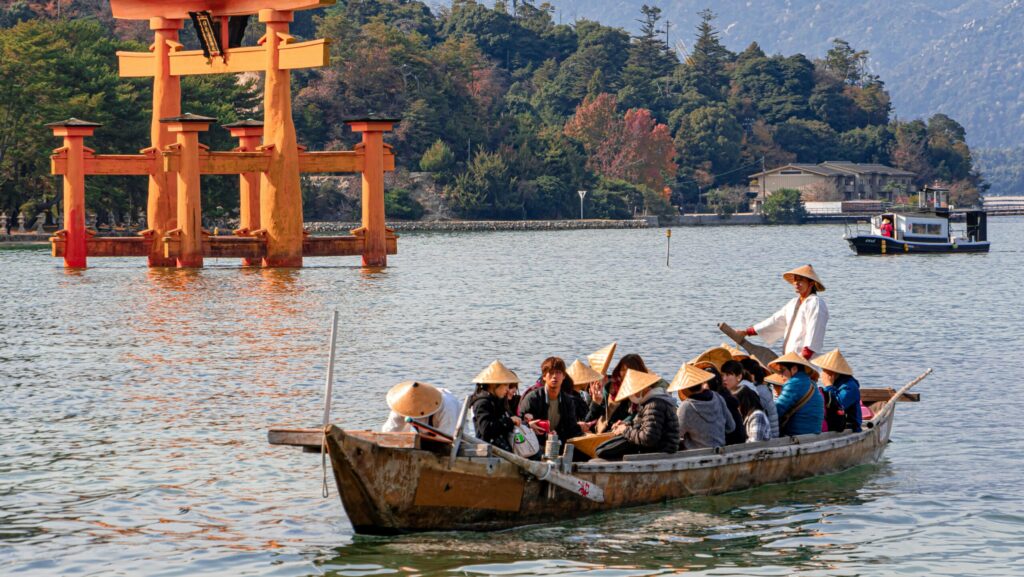
5) Risk & readiness: What we’re advising clients right now
- Monsoon buffers: For Uttarakhand/Himachal trips through late Aug, add +1 day each side; avoid night drives on NH-7/river-adjacent stretches. (The Times of India, www.ndtv.com)
- Flight fallbacks(EBC): If Lukla shuts, consider Phaplu fly-in + jeep to Thaksindo start (adds 2–3 trek days); or flip to Gokyo-first if windows favor the west.
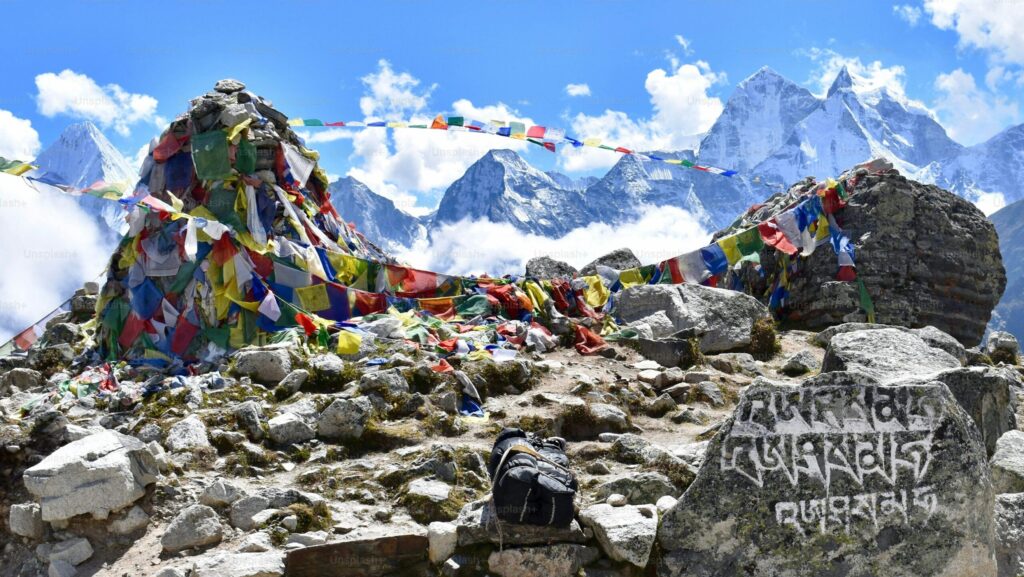
3. Cash & comms: ATMsin Namche/Ghandruk can be intermittent; carry NPR cash for permits/teahouses. (Observed pattern; also implied by frequent power/road interruptions during monsoon advisories.) (The Times of India)
4. Insurance scope: Ensure policiesinclude helicopter evacuation above 4,000 m and weather-related delays (particularly with Ramechhap shuttles). (Industry standard best-practice aligned with fee/route realities.)
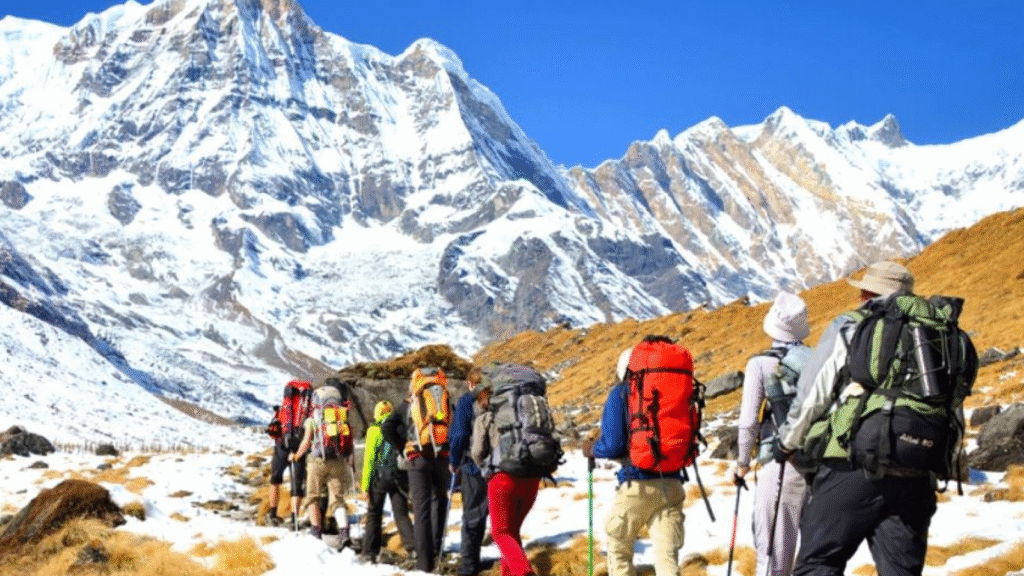
6) Trekoroma takeaways (Aug 2025)
- Nepal is nudging traffic west (fee-free peaks) while raising Everest fees. Expect Khumbu spring 2026 to be marginally pricier end-to-end. (Reuters, Smithsonian Magazine)
- For EBC 2025 autumn: plan Ramechhap early-morning transfers + a KTM buffer; carry physical copies of permits; weatherproof your itinerary.
- India treks: Valley of Flowers is open and peaking, but monsoon advisories are real—track IMD/SDRF alerts before committing to travel days. (The Times of India, India Meteorological Department)
